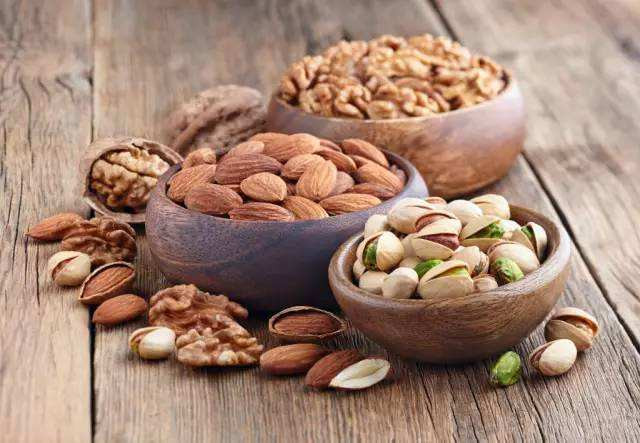Nut material shelling technology application (1)
1 nut agricultural material shelling method
Nuts mainly refer to fruits with a hard outer shell. The most representative nuts produced in China are dried shell lotus seeds, walnuts, almonds, ginkgo and pine nuts. In the process of deep processing, shelling is a key process.

Because the nut husk is mainly composed of cellulose and hemicellulose, the gap between the shell and the shell is small, the shell is hard, it is difficult to peel off, and the nut variety is complicated, the size difference is large, and the shape is irregular; the shelling can not destroy the quality of the nut, The physical shelling method has different degrees of damage to the quality of the nuts, so it is more difficult to break the shells of the nuts. Nut sheller.
1.1 Mechanical shelling method
Most of the equipment currently developed is using microwave drying machinery to shell. Common mechanical shelling methods are as follows:
(1) Shelling by impact method: The shelling method by impact method is that the material grain is suddenly blocked and impacted when moving at high speed, and the shell is broken to achieve shelling. The material is rotated by a high-speed rotary tray to cause a large centrifugal force to hit the wall. As long as the impact force is large enough, the grain shell will be deformed to form a crack.
When the grain leaves the wall, the shell and the kernel have different elastic deformations to produce different movement speeds. The seed kernel is less elastic and the movement speed is not as good as the outer shell, preventing the outer shell from moving outward quickly and causing it to crack. The crack is opened to achieve shelling of the kernel. The impact shelling method is suitable for the grain with small binding force between the shell and the shell, and the kernel shell is large and the shell is brittle.
(2) Shelling method: The grain of the material is strongly crushed between the fixed grinding piece and the moving grinding piece, so that the outer shell of the seed material is torn to achieve shelling. The grain enters the gap between the fixed grinding plate and the moving mill through the feeding port, and the centrifugal force of the rotating rotating piece causes the grain to move radially outward, which also causes the opposite direction of friction between the grain and the fixed grinding; meanwhile, on the grinding plate The teeth continuously cut the outer shell, and under the joint action of friction and shear force, the outer shell is cracked until it breaks, and is separated from the seed kernel to achieve the purpose of shelling.
(3) Shearing of the shearing method: The grain is subjected to the shearing force of the relative moving blade between the fixed knife holder and the rotating drum, and the outer shell is cut and broken to realize the separation of the outer shell and the seed kernel. The blade drum and the blade seat are the main working parts, and the blade is mounted on the blade drum and the blade seat. The blade seat is concave and has an adjustment mechanism, and the blade can be adjusted according to the size of the kernel nut. The gap between the seat and the drum of the blade. When the knife drum rotates, a shearing action is generated between the blade and the blade, causing the material casing to rupture and fall off.
(4) Extrusion method: The extrusion method is to take a pair of cylindrical rollers with the same diameter and the opposite rotation direction and the same speed to adjust to the appropriate gap, so that the grain is crushed by the roller when the grain passes through the gap.
Whether the grain can smoothly enter the gap between the two squeeze rolls during the process of breaking the shell depends on the squeeze roll and the contact with the grain. In order for the kernel to be crushed between the two squeeze rolls, the kernel must first be clamped and then rolled into the gap between the two rolls to be crushed. The size of the gap between the two squeeze rolls is an important factor affecting the rate of breakage and the rate of shelling.
(5) Shelling method: The shelling method is to remove the shell by using a relatively rotating rubber roller to peel off the grain. The two rubber rollers are horizontally placed and rotated at different rotational speeds respectively. There is a certain line speed difference between the roller faces. The rubber roller has a certain elasticity and the friction coefficient is large.
When the grain enters the working area of the rubber roller, it is in contact with the two roller surfaces. If the grain meets the condition of being caught by the roller at this time, that is, the meshing angle is smaller than the friction angle, it can smoothly enter between the two rollers. At this time, the grain is pulled by the frictional force in two different directions while being pulled into the roller; in addition, the grain is subjected to the normal pressing force of the two roll faces, when the grain reaches the center line of the roller. When the normal pressing force is maximum, the grain is pressed to produce elasticity-plastic deformation. At this time, the outer shell of the grain will also be broken under the action of extrusion, and the shelling process is completed under the action of the tearing force in the opposite direction.